Although the 2003 Kino’s Journey is a favorite of mine and the first series I would recommend to someone who thinks he doesn’t like anime, I don’t like all the stories equally. I occasionally re-watch “Land of Prophecy” for its blend of absurdity, whimsy and horror, for instance, but I’ve never much cared for the two-episode “Coliseum.” I was disappointed therefore when the New! Improved! Kino’s Journey remade the latter story as its second episode; I would strongly have preferred that all the new episodes be based on stories not previously adapted. Given that there are something like 20 volumes of Kino stories now, there should be plenty to choose from.
I notice that fans of the earlier series find the new version of the story, now called “Colosseum,” much inferior to the first. I recently loaned out the DVDs of the first series and therefore can’t compare the older episode with the newer. However, I do have the Tokyopop paperback of Keiichi Sigsawa’s Kino no Tabi, translated by Andrew Cunningham, that was available for 15 minutes in 2006. It includes the original version of “Coliseum.”
“Colosseum” (2017) is a serviceable adaptation of the original story, not outstanding but acceptable. It’s necessarily streamlined to fit within the limits of one episode, but the missing parts — mainly the details of the first four fights — are expendable.1 There are some inelegancies in Crunchyroll’s translation, e.g.,
Perhaps that’s accurate, but it’s clumsy. From the book:
Given their recent experiences, Hermes was not nearly so enthusiastic. “I hope you let me rest awhile when we get there,” he muttered. “Some place cool, dark and not too damp.”
Further comments will be increasingly spoilerous.
The encounter at the gate is more interesting in the book:
She took stock of her situation: she was quite literally on their turf — standing in the shadow of their station house. The half-dozen shiny, white helmets that hung from the pegs just outside the station house door reminded her eerily of polished skulls….
Finally, one of the guards spoke up. “Hey now, little boy-girl, you really want to fight? You think you can win? Do you even have a weapon? Or were you planning on using that cute face to your advantage? Ain’t that many fighters go for your type, you know.”
“Yeah,” chortled Taro. “It’s like with fish: most folk throw ’em back if they’re too small.”
The guards guffawed, but their laughter was silenced by a deafening and prolonged roar. Six white helmets leapt from their pegs and the narrow access filled with white smoke.
It took the startled men several moments to notice the gun in Kino’s right hand.
“Will this do?” asked Kino, returning the Cannon to the holster on her right thigh.
“You little —!” The young gate guard leapt at her, hands going for her throat. He froze when he felt the muzzle of a semiautomatic pressed into his forehead.
“Say ‘hello’ to the Woodsman. D’you think it qualifies as a weapon … boy?”
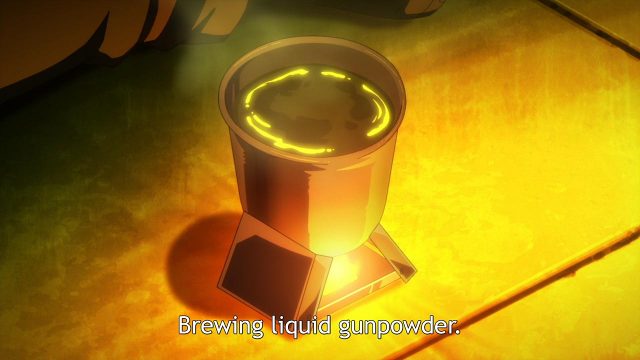
There are various other differences, mostly minor. The king’s crown in the book is “of a simple and elegant design,” not the creepy, spiky thing in the anime, and Kino, not the prince himself, places it on the prince’s head. It’s “twisted and torn,” not just bloody at that point. Hermes calls the dog a “pack animal” and a “suck-up,” but not “pervy” — the last is probably a misguided attempt by Crunchyroll to be edgy. And so on. None of these make much difference; it’s a reasonably faithful adaptation, and there’s nothing introduced that isn’t included in the original text. Kino’s final shot is still not believable, despite her exceptional abilities.
The 2003 version took two episodes to tell the story, and judging from the reviews I’ve read, it added new material, apparently including information about the social classes and the backgrounds of Kino’s opponents, that is not part of the original. I suspect that the absence of the extra material is what bothers most of those who find the new episode lacking.
Even so, I still found this an unsatisfactory story, no matter how it’s told.
The problem is with Kino’s actions after the last fight. Perhaps during the three days Kino was able to ascertain that there was a indeed a consensus in the land that the King is a tyrant who can legitimately be assassinated, but we don’t see that in either the Sigsawa’s story or “Colosseum.” Kino has a sufficient understanding of human nature to see what the result of her edict is likely to be. The king had it coming, certainly, and probably also many of the spectators, but Kino nevertheless arrogates to herself the roles of judge, jury and executioner. She remarks that “I’m no one’s God,” but she behaves as if she were an avenging deity.
Irrelevant tangent: this is the Colosseum I prefer.

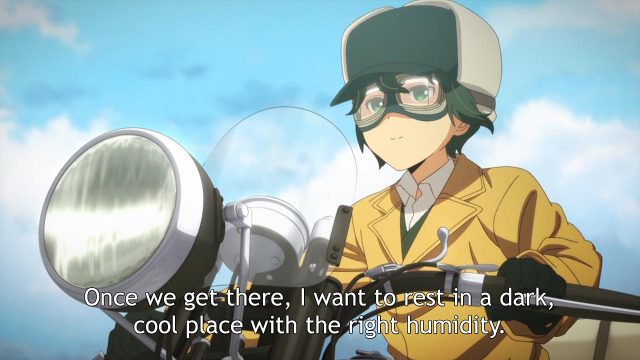
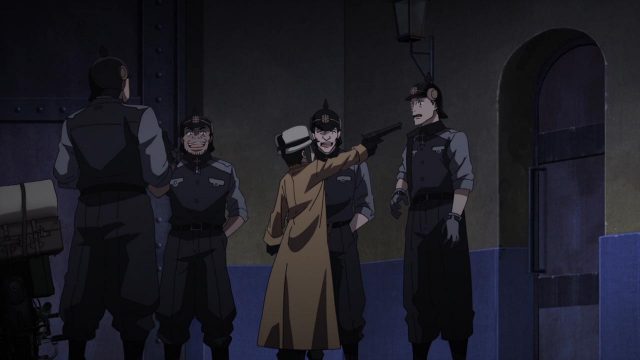
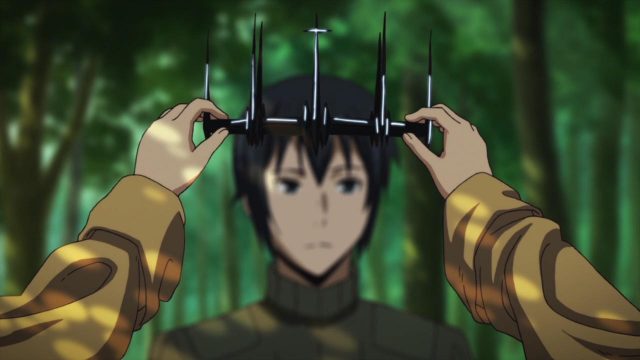
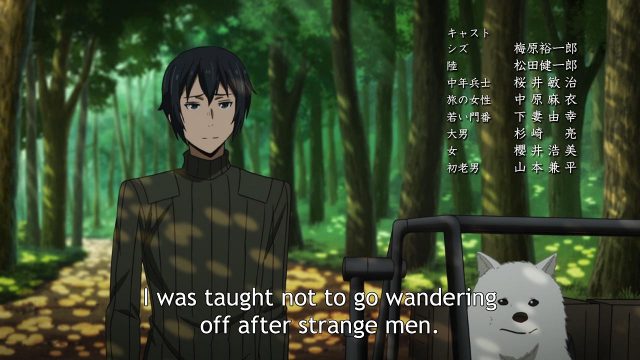
Shizu and Riku have their own stories in most of the books, so hopefully they’ll show up again. I can’t think of another reason to re-do Colosseum instead of picking stories from the other 19 books and assorted sources (like the illustrated story “Watashi no Kuni” that I used in my group-reading class; that one could be interesting, since it’s from the PoV of the country Kino is visiting).
Did you ever see the two movies that came out after the 2003 series?
-j
I saw both movies years ago. The first one, Life Goes On, was mediocre, but the second, The Land of Sickness — For You, was pretty good, as I recall. I’ve got them archived somewhere; I may dig them out sometime soon.